After reading the whole Internet over night, even more questions pop up: "Now WTF is a constellation?". Oh, forget it!
Building an SDR might clear some things up, but blindly copying an existing schematic would not help too much. Designing one would certainly be more interesting, but this will require to understand the basics.
Understanding SDR requires some math, and all this trigonometry can become very confusing. Some simulations will help understanding. Then, design a schematic and build it.
This is the rough plan.
FAQ
- What is an SDR? It's a radio. A radio the same as the one used in mobile phones, in Wi-Fi, etc.
- Why it's so special? Because with the same hardware:
- it can receive a wide band of many different frequencies at the same time (same for transmitting)
- can be used with any kind of modulation, for data or audio/video broadcasting
- most of its functionality is implemented in software
 RoGeorge
RoGeorge

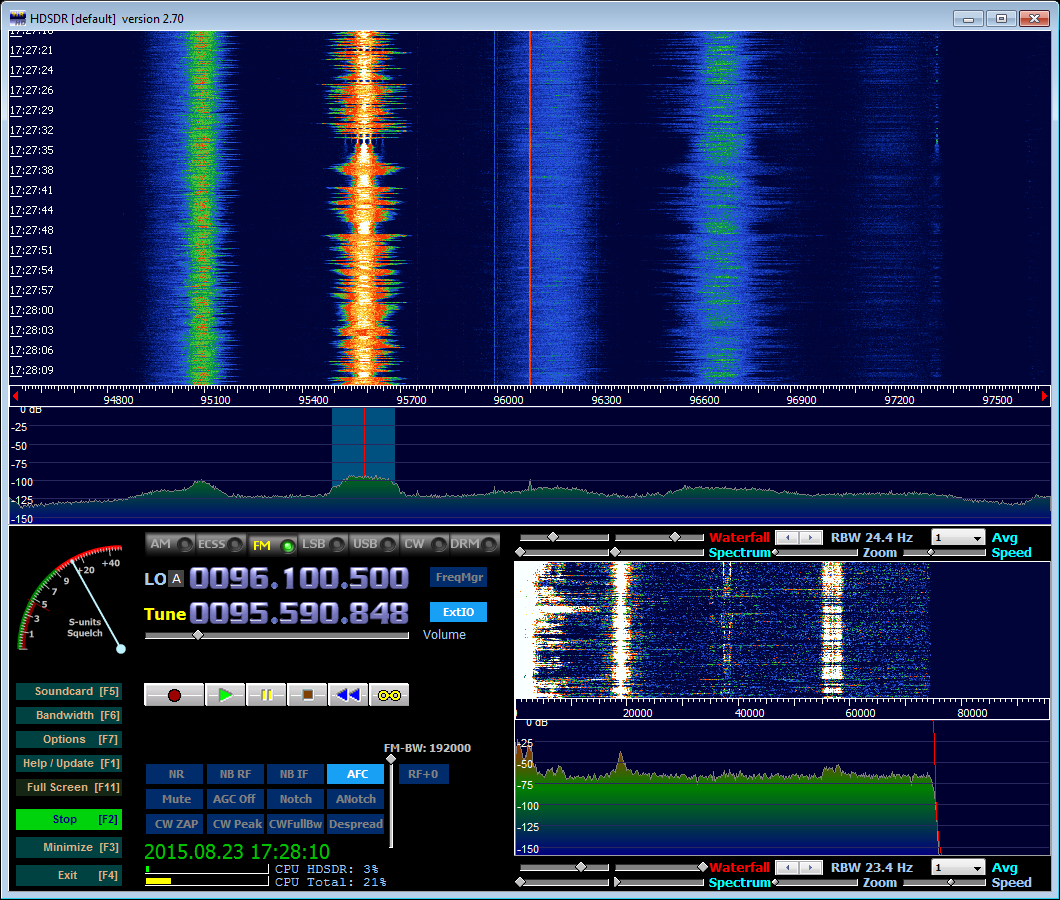
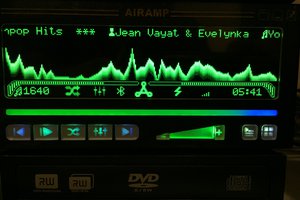
 Victor Serrano
Victor Serrano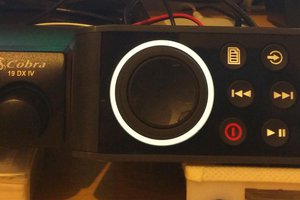
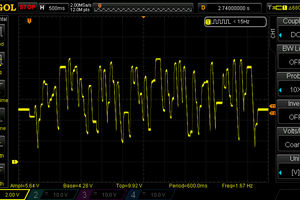
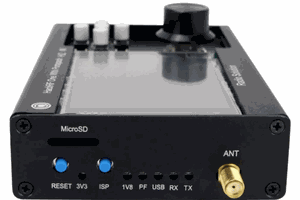
I want to analyze 2.4 ghz signals. How can I do this? Is there a special receiver for purposes like this? Really interested in this and I hope you post more.